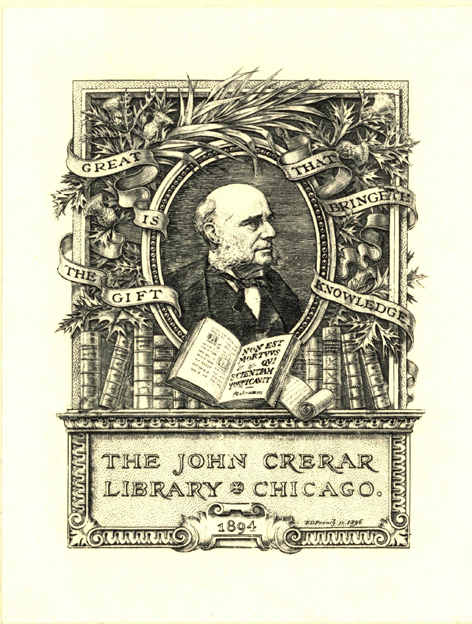The Human Genome Project : deciphering the blueprint of heredity /
| Imprint: | Mill Valley, Calif. : University Science Books, c1994. |
|---|---|
| Description: | x, 360 p. : ill. (some col.) ; 29 cm. |
| Language: | English |
| Subject: | |
| Format: | Print Book |
| Local Note: | Understanding inheritance : an introduction to classical and molecular genetics / by Robert P. Wagner -- Mapping the genome : the vision, the science, the implementation : a round table / with David Baltimore ... [et al.] -- The mapping of chromosome 16 / by Norman A. Doggett -- DNA libraries : recombinant clones for mapping and sequencing / by Larry L. Deaven -- Computation and the Genome Project--a shotgun wedding / by James W. Fickett -- Rapid DNA sequencing based on single-molecule detection / by Lloyd M. Davis ... [et al.] -- ELSI : ethical, legal, and social implications / by Gerald Friedman and Richard Reichelt -- An invitation to genetics in the twenty-first century : a round table / with David Baltimore ... [et al.]. |
| URL for this record: | http://pi.lib.uchicago.edu/1001/cat/bib/1708780 |
Review by Choice Review

